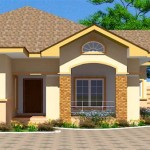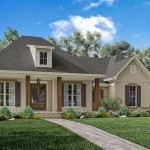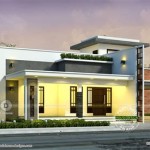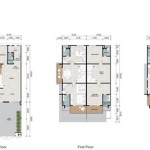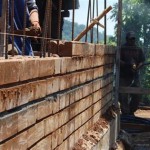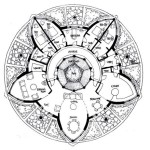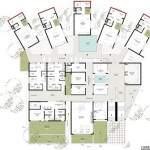Essential Aspects of Duck House Plans Pictures
Duck houses provide a safe and comfortable shelter for ducks, protecting them from predators, elements, and other hazards. Designing a duck house requires careful consideration of various factors to ensure the well-being of the ducks and the functionality of the structure. Here are some essential aspects to keep in mind when choosing or creating duck house plans pictures:
Size and Capacity
The size of the duck house should be appropriate for the number of ducks it will accommodate. Overcrowding can lead to stress, disease, and other problems. A general rule of thumb is to provide about 4 square feet of floor space per duck. The height of the duck house should also be sufficient to allow the ducks to stand upright and move around comfortably.
Ventilation and Insulation
Proper ventilation is crucial to prevent the buildup of moisture and ammonia fumes inside the duck house. This can cause respiratory problems and other health issues for the ducks. Vents or windows should be incorporated into the design to allow for air circulation. Insulation can also help regulate the temperature inside the duck house, keeping it warm in winter and cool in summer.
Predator Protection
Ducks are vulnerable to predators such as raccoons, foxes, and owls. The duck house should be designed to protect the ducks from these threats. This includes using predator-proof materials, such as metal or sturdy wire mesh, for the walls and roof. The entrance to the duck house should be small enough to prevent predators from entering and should be placed off the ground to deter digging.
Accessibility and Cleaning
The duck house should be easily accessible for cleaning and maintenance. This means having a door or lid that can be opened wide enough to allow for cleaning and inspection. The interior of the duck house should be designed to minimize the accumulation of dirt and debris, making it easier to keep clean.
Location and Orientation
The location of the duck house is important for the ducks' comfort and well-being. It should be placed in a sheltered area, away from direct sunlight and drafts. The entrance should face away from the prevailing wind to prevent water and cold air from entering the house. If possible, the duck house should be located near a water source, such as a pond or stream, for easy access to water.
Additional Features
Some duck house plans may include additional features, such as nesting boxes, perches, or ramps. Nesting boxes provide a private and protected space for ducks to lay their eggs. Perches allow ducks to rest and sleep off the ground. Ramps can make it easier for ducks to enter and exit the duck house, especially if it is elevated off the ground.
Materials and Construction
The materials used to construct the duck house should be weather-resistant and durable. Common materials include wood, plastic, and metal. The construction of the duck house should be solid and well-crafted to ensure its longevity and effectiveness in protecting the ducks.

Duck House Plans Howtospecialist How To Build Step By Diy

Duck House Plans Yellow Cottage Homestead

37 Free Diy Duck House Coop Plans Ideas That You Can Easily Build Backyard Ducks Ens

Duck House Plans Yellow Cottage Homestead

Duck Coop Plans Myoutdoorplans

Duck Coop Plans Myoutdoorplans

A New Custom Designed House For The Ducks Downeast Thunder Farm

Large En Duck Coop Plans 6 By 12 Saltbox Roof Style Design 70612cs

23 Duck House Plans With Tutorials That You Can Build In A Weekend The Poultry Guide

37 Free Diy Duck House Coop Plans Ideas That You Can Easily Build A Frame En Designs

